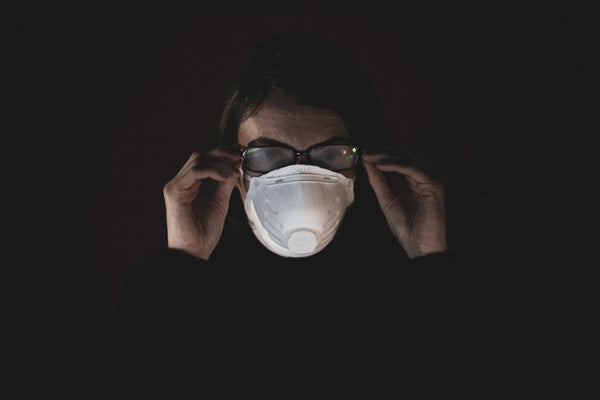The P2 mask is one of the many Personal Protective Equipment (PPE) that posses the ability to filter off strange particles and contaminated air into the body. It is capable of filtering off up to 95% of the air and is the recommended mask for all health workers in Australia. The unique design accommodates an aerosol-generating procedure where the patient has been confirmed or suspected to have airborne contaminants such as the coronavirus. Other contaminants may include particles, gases, and vapors.
According to an international supplier, the difference between a P2 and an N95 mask is in their testing requirements. While the N95 is approved for use in the US, the P2 type is the recommended version for Europe, Australia, and New Zealand. But the standard of protection is the same for the two types of masks. The primary purpose is to reduce the spread of the virus across the world through scientific knowledge.

Background History of P2/N95 Mask
Back in the fall of 1910, a worker in the Chinese Imperial Court, Lien-teh Wu, developed a cloth facemask to curb the spread of the Manchurian plague outbreak. This mask protected the users form the bacteria infection during the empirical testing. And when the flu pandemic broke out later in 1918, the Lien-teh Wu model became instrumental in protecting citizens. A newly designed mask used the principles of the earlier cover and was inspired by the latter.
Also, during World War ‘I,’ between 1914 and 1918, the developed gas masks that were adapted by miners took inspiration from the earlier protection gadgets. However, these new ones were very bulky and very uncomfortable for the users. The weight was mainly due to the fiberglass component and the heavy rubber in use. However, these face masks were reusable, which was an advantage over the new day P2 facemasks.
In the 1970s, the Bureau of Mines, together with the NIOSH of the US, created standards for single-use masks. This led to the invention of the 3M design of the first set of N95 covers in 1972. The pioneering designer was Sara Little Turnbull, who ensured its extensive application of use. Research progressed on ways to improve the design and effectiveness of the N95/P2 masks to serve a better purpose.

Peter Tsai, as a professor at the University of Tennessee, designed and patented a model of N95 masks for industrial use in 1995. But this model became widely approved by the healthcare standard as a piece of protective equipment that can block airborne viruses. The first use was necessitated by the outbreak of tuberculosis, which defied the drugs and had non-symptomatic types. Professor Tsai called off his retirement as a result of the COVID19 pandemic to help redesign possible re-use of the N95 masks through decontamination.
In conclusion, the P variant of the face mask model number stands for the oil-proof models. For instance, the ‘N’ in ‘N95’ symbolizes that this model is for non-oil-based particulates while ‘R’ types show resistance to oil. Hence the P2 facemask is useful in filtering off oil-based particulates.


